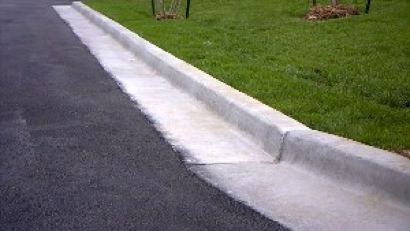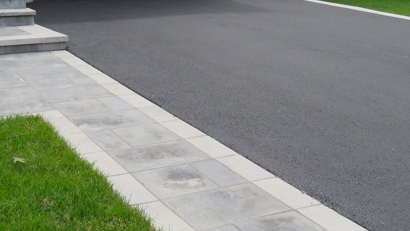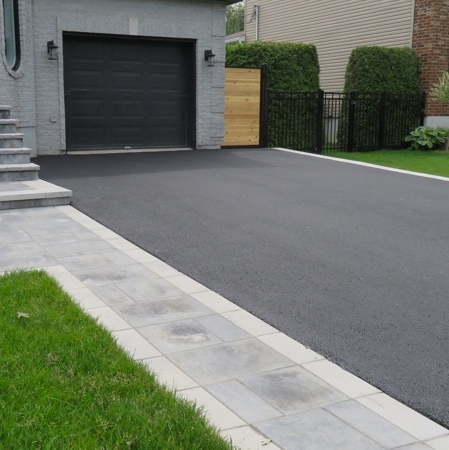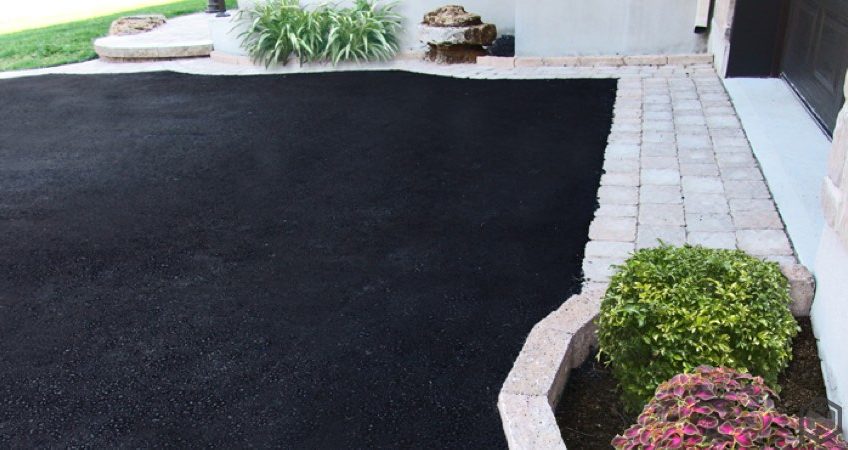Your driveway is often the first thing visitors see when they arrive at your home. A well-maintained asphalt driveway can make a big impression and increase your home's curb appeal. However, many homeowners overlook one crucial aspect of maintaining their driveway: proper edging.
Properly edging your asphalt driveway not only enhances its appearance but also serves several practical purposes. It helps prevent the edges from crumbling or breaking off, reduces the risk of water damage, and makes it easier to remove snow and debris. In this article, we'll explore the importance of properly edging your asphalt driveway and provide tips on choosing the best option for you. Whether you're a homeowner looking to enhance your home's aesthetic appeal or a property manager responsible for maintaining multiple driveways, this article will help you understand why proper edging is essential for the longevity and functionality of your asphalt driveway.
What is Driveway Edging?
Driveway edging is the process of creating a border around your driveway. This border serves several purposes, including providing a clear separation between your driveway and the surrounding landscape, preventing the edges of your asphalt from crumbling or breaking off, and reducing the risk of water damage.
Benefits of Proper Asphalt Driveway Edging
Properly edging your asphalt driveway offers several benefits. First, it helps prevent the edges from crumbling or breaking off. Over time, the weight of vehicles driving on the asphalt can cause the edges to erode, leaving unsightly gaps and cracks. By installing an edging material, you can create a barrier that supports the edges and prevents them from breaking off.
Second, edging your driveway reduces the risk of water damage. When rainwater or snowmelt runs off the driveway, it can seep into the soil beneath and weaken the foundation. This can lead to cracks and potholes, which can be expensive to repair. By installing an edging material, you can create a barrier that directs water away from the driveway and protects the foundation.
Finally, edging your asphalt driveway makes it easier to remove snow and debris. When the edges of the driveway are unsupported, snow and debris can accumulate and make it difficult to clear them away. By installing an edging material, you create a clear boundary that makes it easier to plow snow and sweep debris away.


Types of Asphalt Driveway Edging Materials
There are several types of materials you can use to edge your asphalt driveway. Each has its own benefits and drawbacks, and the choice depends on your personal preferences and budget.
One popular option is concrete curbing. This material is durable and long-lasting, making it a great investment for homeowners who want a low-maintenance solution. Concrete curbing also comes in a variety of colors and textures, so you can customize it to match your home's aesthetic.
Another option is brick or paver edging. This material offers a classic look that complements many styles of homes. Brick or paver edging is easy to install and can be replaced or repaired as needed. However, it may not be as durable as concrete and may require more maintenance over time.
Factors to Consider When Choosing Asphalt Driveway Edging Materials
When choosing a material for your asphalt driveway edging, there are several factors to consider. First, consider the climate in your area. If you live in an area with extreme temperatures or frequent freeze-thaw cycles, you may want to choose a material that can withstand these conditions.
Second, consider your budget. Some materials, such as concrete, may be more expensive than others, such as plastic or metal. However, they may also be more durable and require less maintenance over time.
Finally, consider the aesthetic appeal of the material. Edging materials come in a variety of colors and textures, so choose one that complements your home's style and enhances its curb appeal.
Conclusion
Properly edging your asphalt driveway is an important aspect of maintaining its appearance and functionality. By installing an edging material, you can prevent the edges from crumbling or breaking off, reduce the risk of water damage, and make it easier to remove snow and debris. When choosing a material for your driveway edging, consider the climate in your area, your budget, and the aesthetic appeal of the material. With proper edging, your driveway will not only look great but also last for years to come.


